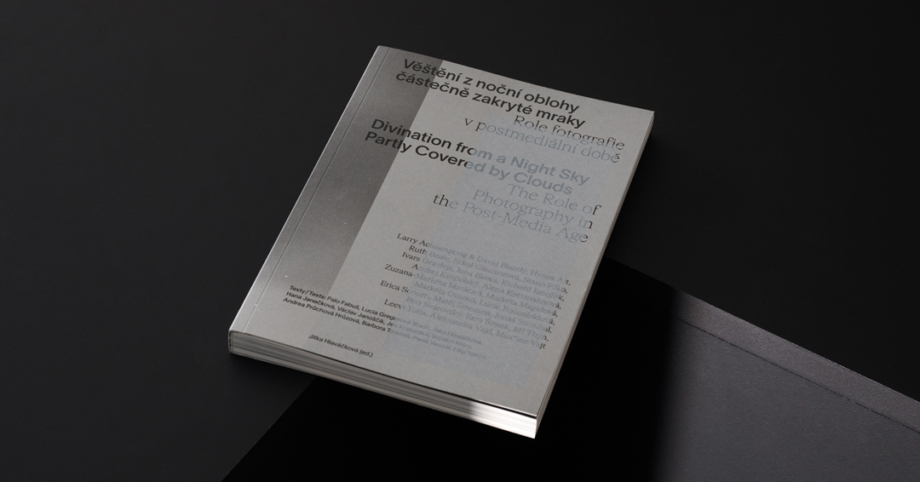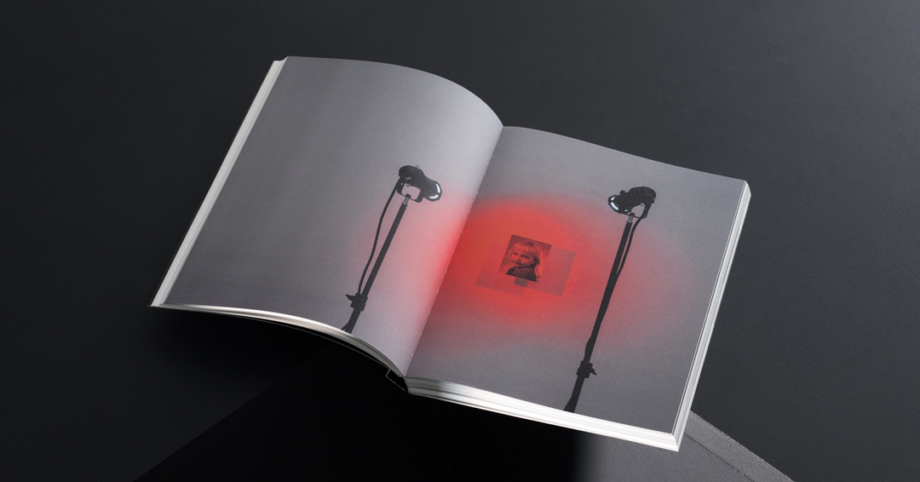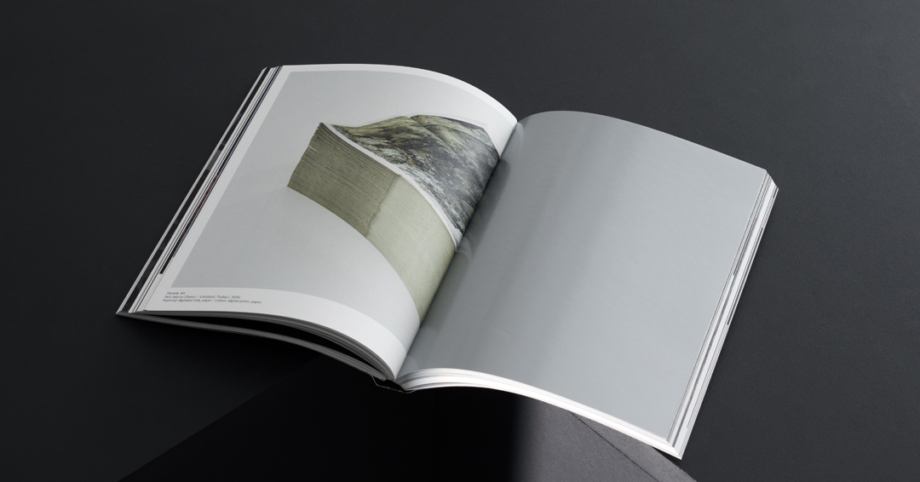Divination from a Night Sky Partially Obscured by Clouds. The Role of Photography in the Post-Media Age
Author: Jitka Hlaváčková, multiple authors
Bookshop in the Stone Bell House
Bookshop in the House of Photography
Bookshop in the Municipal Library
eshop
Price: CZK 599
Publisher: GHMP
Year of publication: 2022
Number of pages: 212
Size: 170 × 240 mm
Language: in Czech, in English
ISBN: 978-80-7010-181-0
Editor: Jitka Hlaváčková
Texts: Palo Fabuš, Jitka Hlaváčková, Andrea Průchová Hrůzová, Hana Janečková, Václav Janoščík, František Kalivoda, Jen Kratochvil, Vojtěch Märc, Lucia Gregorová Stach, Barbora Trnková, Pavel Vančát, Filip Vančo
Translations to English: Adrian Dean, Jan Morávek
Translations to Czech: Martin Micka
Text editing: Tatjana Štemberová
Photos: Larry Achiampong & David Blandy; Hynek Alt, Ruth Beale Studio; Ivars Gravlejs, Tomáš Hliva, Jana Ilková, Nikol Czuczorová, Richard Janeček, Andrej Kiripolský, Alena Kotzmannová, Markéta Magidová, Markéta Othová, Martin Polák, Lucie Rosenfeldová, Erica Scourti Studio; Matěj Smetana, Jonáš Strouhal, Petr Svárovský, Ezra Šimek, Jiří Thýn, Leevi Toija, Aleksandra Vajd, Max Vajt
Graphic Design: Martin Odehnal
Production: Katarína Valentová
The publishing of this catalogue has been supported by a grant from the State Cultural Fund, which is administered by the Ministry of Culture of the Czech Republic.
The catalogue Divination from a Night Sky Partly Covered by Clouds. The Role of Photography in the Post-Media Age has been published for the exhibition of the same name at the House of Photography from 24 May to 18 September 2022.
The catalogue explores contemporary forms of visuality in art that is based on the medium of photography. It presents a spectrum of conceptual and artistic approaches by more than thirty artists and theorists from Czechia, Slovakia, the United Kingdom, Greece and other countries. The ground plan for the catalogue consists of studies by twelve co-authors who responded to a survey on the subject of post-media photography. Their contributions indicate how visual art is coming to terms with the ever greater intersecting of the physical and digital worlds, and their connections with global networks and processes. This process is significantly changing the ways in which images are created and their resulting forms, as well as the methods for their manipulation and storage. Technologies working with artificial intelligence can enhance, adjust and even create images of seeming reality, turn static images into moving ones, animate them and use 3D printing to manufacture reality itself. They can also use psychological and sociological analyses and algorithms to categorise information and tailor individual realities to each user. Such technologies are increasingly becoming a self-sufficient artistic medium. The catalogue is not the outcome of collaboration, but is a partly random structure that has to some extent adopted the principles of post-media reality. On the basis of a heterogeneous sample of artistic and theoretical approaches, it addresses questions concerning photography’s role in the accelerating fragmentation, multiplicity and manipulability of visual media, and how this process has influenced “art photography”. It examines the relationship between a digital archive and the emotional memory of art, and the social role of art in a system whose limitlessness places it beyond any control. The fragmentary nature of these investigations would seem to be the hallmark of contemporary perception. The spectrum of responses creates a plastic mosaic whose individual pieces represent different aspects of how we approach photography at a time when photography itself is dissolving into the myriad formats and infinite expanse of digital space. Exploring this universe through human senses and emotions is like divining from a night sky largely covered by clouds. And just as it was formerly the night sky that represented the ethereal dimension or the infiniteness of space and time, today such expectations are similarly attached to digital networks. It is therefore also increasingly natural to direct our questions to virtuality for what it can tell us not only about our present, but also about our future.
#Books #Printed to purchase



